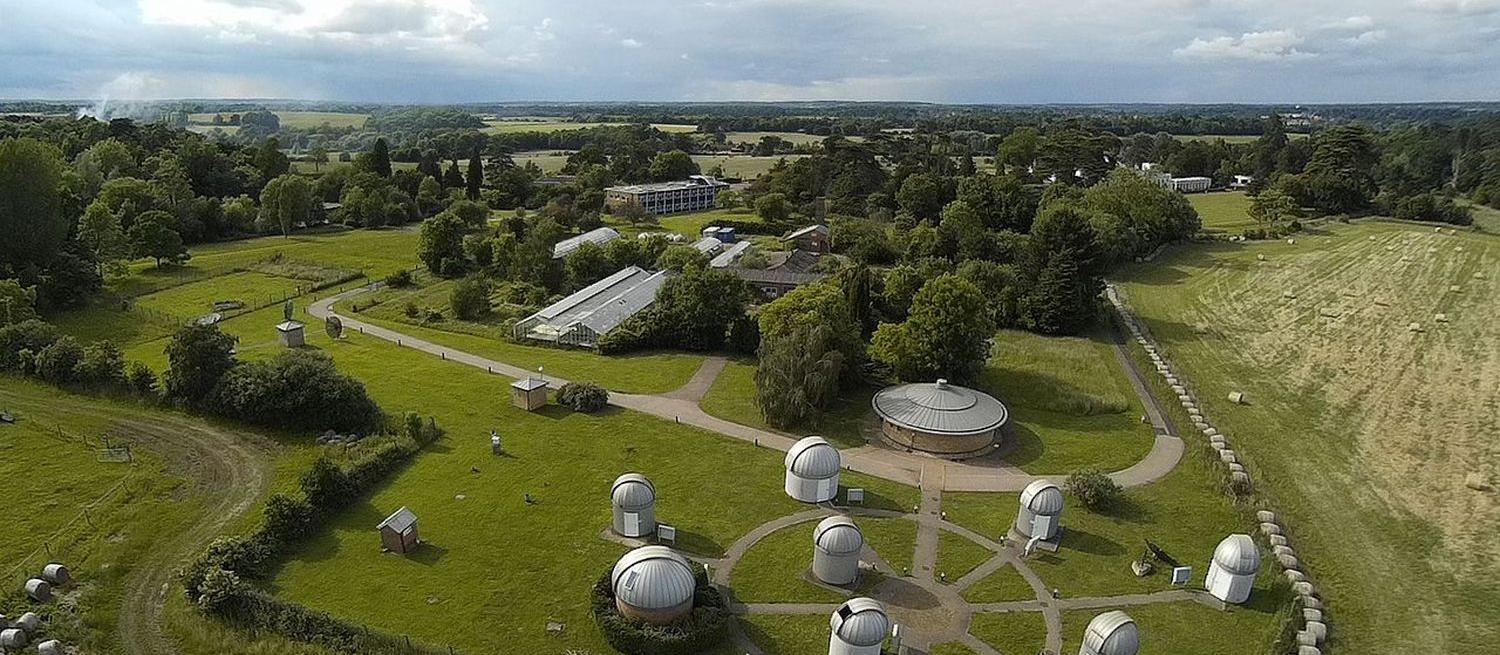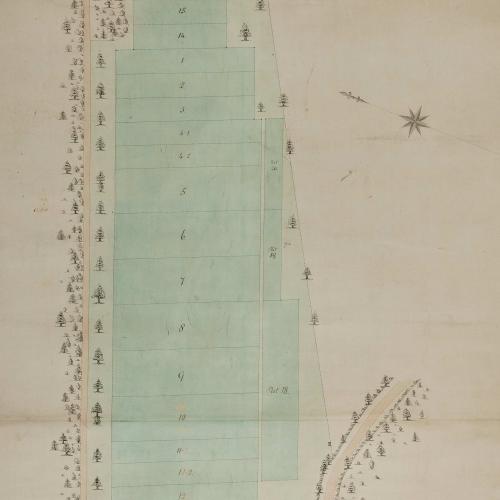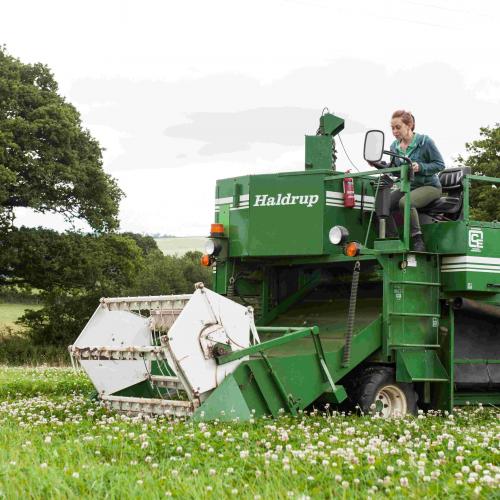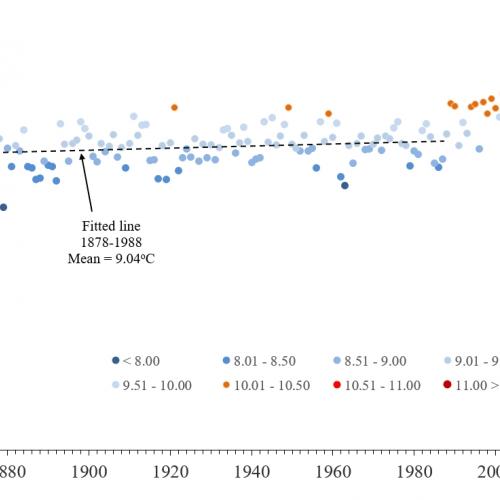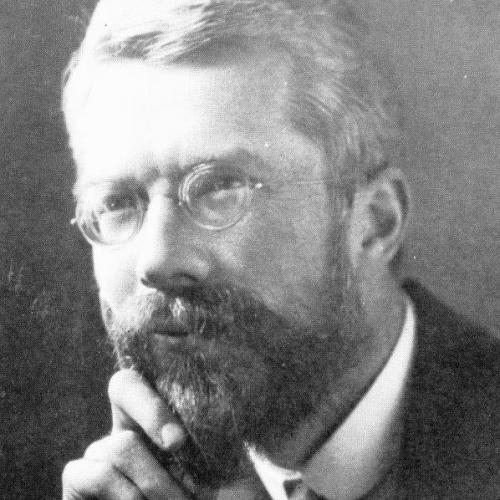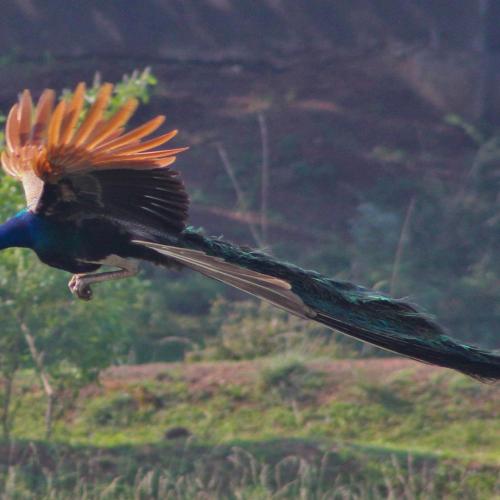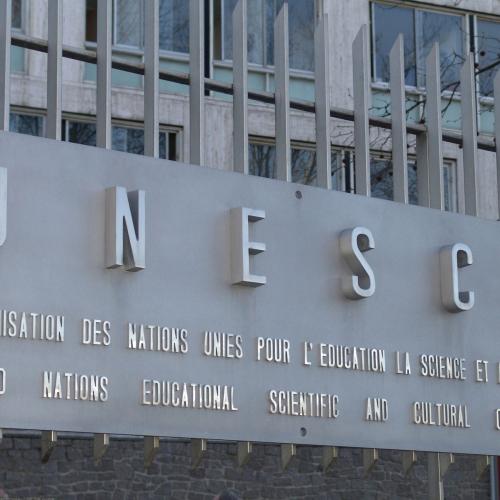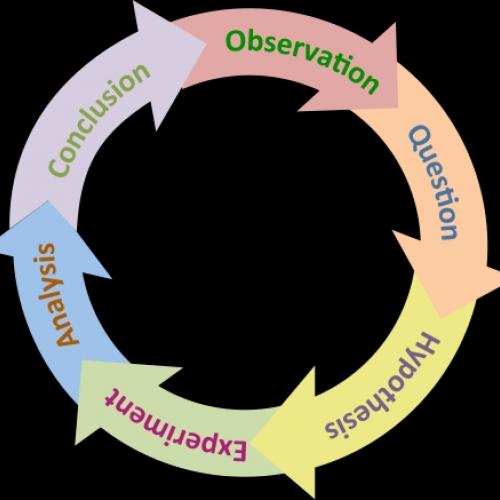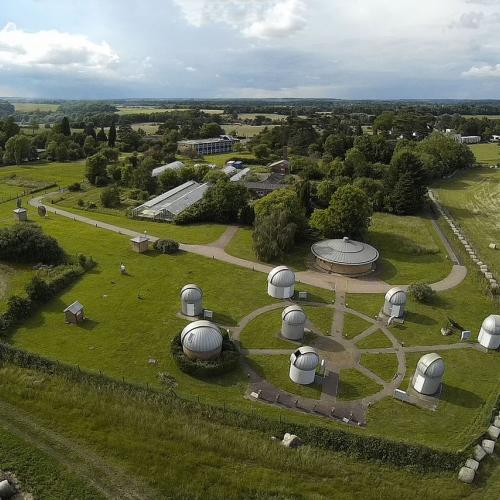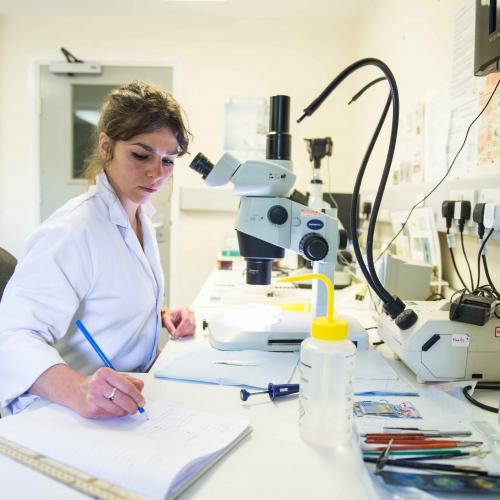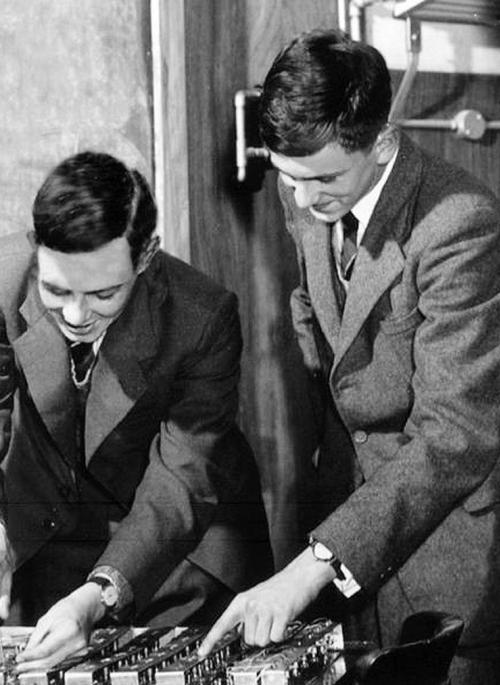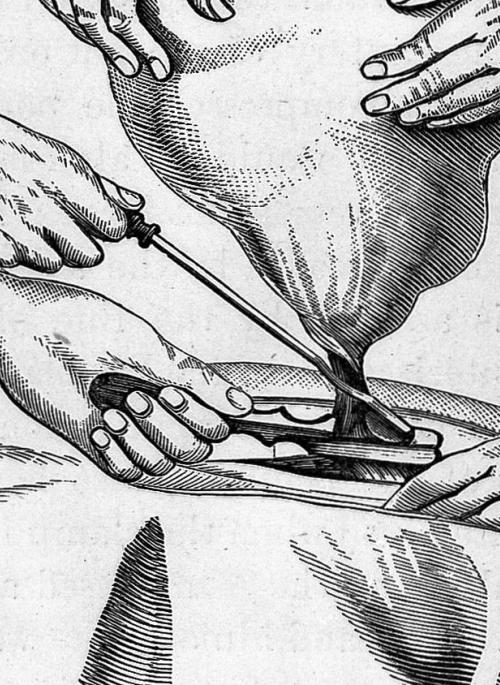Scientific research helped us reach new possibilities and open new horizons of knowledge of our own environment as well as possible applications in production and medicine.
Rothamsted Research: Securing national food production
One of the most important experiments at Rothamsted is the ‘Park Grass Experiment’ - a biological study originally set up to test the effect of fertilizers and manures on hay production. The experiment started in 1856 and is still running today, making it one of the longest-running experiments of all time.
As well as answering agricultural questions, the experiment has also provided additional information:
- showing that field trials underestimate threats to plant diversity
- providing one of the first demonstrations of how soils evolve under different environmental pressures
- creating an archive of soil and hay samples that have been used to track the history of atmospheric pollution, including nuclear fallout.
Two world wars in the early 1900s made the government very aware of the need to protect national food production and money was given to Rothamsted to expand its work in collaboration with the Ministry of Agriculture, Fisheries and Food.
Rothamsted continues to play a leading role in tackling the challenges facing agriculture around the world, and in supporting the United Nations’ sustainable development goals.
Ronald Fisher: Statistics and prejudice
Ronald Fisher was a British statistician and geneticist. His statistical work led to him being described as the ‘founder of modern statistical science’. In genetics, his work contributed to the revival of Darwinism and the theories of evolution in the early 1900s.
From 1919 onwards, he worked at Rothamsted Experimental Station where he analysed data from crop experiments dating from the 1840s, and developed a statistical tool called the “analysis of variance” (ANOVA).
His work was vital in interpreting the results of experiments carried out at Rothamsted.
Fisher’s work on statistics and experimental design are key to the work of many areas of science today.
However, his research also led him to conclusions that show how Bacon’s “Idol of the Cave” (errors we make because of our individual backgrounds) can lead to problems. Through his interest in genetics and statistics, Fisher developed highly racist views. He was a prominent supporter of eugenics - the belief that the
genetic quality of a population could be ‘improved’ by excluding certain ‘inferior’ genetic groups. He argued publicly against the 1950 UNESCO statement ‘The Race Question’ – seen as a moral condemnation of racism – instead insisting on his own racist belief in the superiority of certain races.
The Scientific Process: Answers that lead to questions
Francis Bacon’s scientific method leads from observation to theory and from experimentation to results. However, the scientific process as we know it today has more steps, and is in fact, circular.
Today, scientists may start with questions that lead to background research or observation. From this information, a hypothesis or theory) is created which is tested with experiments. The results of the experiments are then analysed, leading to a conclusion. Conclusions almost always lead to new questions or predictions and so the cycle begins again.
In Hertfordshire, science continues to be an important part of the local economy. Over 38,000 people work in science, research, engineering and technology in the county - 50% more than the national average.
Local organisations working within St Albans City & District including the University of Hertfordshire, Oaklands College, Rothamsted Research, Physalia, Herts London Cardiology and AECOM. Galvani Bio Electrical (part of GlaxoSmithKline), Advanced Plastic Technology, Bioscience Catylyst and Aeroflex also have offices and laboratories nearby.
